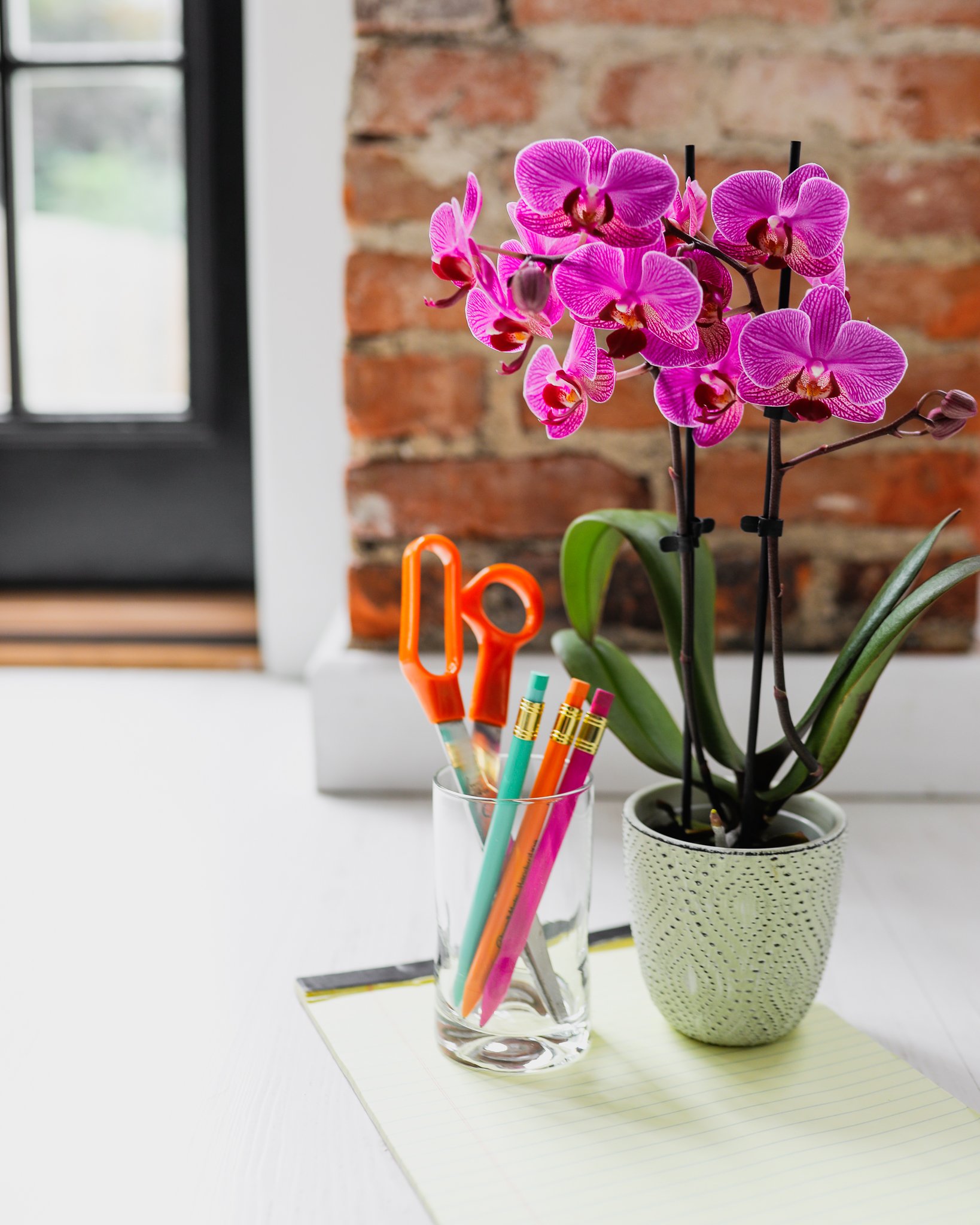Plants for the Classroom
The school year is the perfect time to focus on how we can observe and utilize the plants that surround us to learn. There are several ways plants can add to the classroom or assist with lesson plans or class projects. Plants engage the senses and can be used in all types of subject matter. Find out which plants are best for classroom learning!
Plants for Classroom Learning
Orchids
Math is everywhere, including plants! For example, plants can be used to teach basic mathematical principles like parts of a whole (a.k.a. fractions, percentages, and ratios). Utilize an orchid by having students count the number of open versus closed flowers on a single plant and calculate the percentages and fractions of both open and closed flowers. You can also have students calculate the ratio of open to closed flowers!
Zebrina Plant
Demonstrate the power of light in plants. Provide two of the same plants to each student and let the students build an experiment, placing the plants in different light levels around the classroom or at home (direct, indirect, completely dark, etc.). At the end of the experiment, have the students compare their two plants and describe the differences that they observe after 1-3 weeks.
All interior plants are excellent examples to demonstrate the way the power of light affects plant growth and appearance, but we suggest using any plants with variegation to get the fullest visual effect. A Tradescantia zebrina is a great example of a plant that’s leaf coloring will change according to the light it is exposed to. While most plants will become more variegated the more light they are exposed to, the more natural sunlight a Zebrina gets, the less variegated it becomes and the more purple its leaves will be!
Pothos
Discover how fast different plants can grow! The long trailing vines of a pothos are perfect to depict the science of growth in plants. This activity is great for Pre-K to Early Elementary children. Have students gently straighten a pothos vine and measure it once a week with a ruler or by counting the number of leaves on the vine.
Write down the vine length by inches, centimeters, and number of leaves each week in a notebook. For a more challenging activity, measure multiple plants, have students hypothesize which plant will grow the fastest, and see which wins!
Learning with plants in the classroom is an engaging and interactive way to connect the concepts in a textbook to the physical world! Not only can you help a student internalize subject matter, but you can also bring more uplifting plants into your classroom, home, and life!








